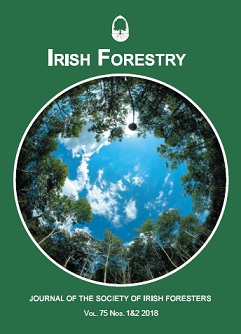Green gold of Africa
Nigeria’s forest, a depleted but resilient renewable resource
Keywords:
Nigeria, lowland rainforest, forest investment
Abstract
Nigeria is the most populous country in Africa and has highly diverse forest ecosystems. Unfortunately, this rich vegetation continues to decline at an alarming rate; 21% of its forest cover has been lost between 1990 and 2005. The lowland rainforest area which is the main source of hardwood timber resources has been depleted to less than 3.94 million ha and continues to decline. The major causes of deforestation and forest degradation are crude oil exploration and exploitation in the coastal regions, increased intensity of land fallow systems, fuelwood collection, charcoal production, illegal logging, infrastructural development and urbanisation. The drastic reduction and degradation of forest cover in the last 50 years have diminished the productive and protective functions of the forests. This article highlights the historical development of forestry and forestry education in Nigeria. It discusses the issues related to policy and legislation development, the challenges facing the forest industries as well as the economic contributions from the forestry sector. It proposes the need for regulated forest exploitation, enactment and implementation of national afforestation and reforestation programmes, and the need for the revitalisation of the sector through a sustainable forest management approach.
Published
2018-12-21
How to Cite
Olajuyigbe, S. (2018) “Green gold of Africa”, Irish Forestry, 75(1&2), pp. 92-112. Available at: https://journal.societyofirishforesters.ie/index.php/forestry/article/view/10911 (Accessed: 27July2024).
Issue
Section
Forest perspectives



